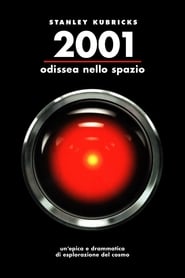The stargate sequence was accomplished by mounting colored transparencies to the back of a mechanical rig. These illuminated patterns were visible through a narrow slit on the opposite side. While the camera moved towards the slit, the transparencies were passed in front of the light. Each dolly-in exposed half of a single frame. To complete the sequence, technicians had to repeat the process over and over again. Stanley Kubrick set out to complete a handful of preliminary test shots. Hiring a small VFX outfit called Effects-U-All, he rented an abandoned brassiere factory and turned it into a chemical lab. The team set up tanks of black ink and isoamyl acetate, a noxious World War II-era paint thinner infamous for smelling like bananas. The effects team surrounded the tanks with high-intensity film lights, shooting in reverse and over-cranking the camera. Technicians dripped blobs of white paint and lacquer into the vats with toothpicks. Reacting with the thinner, the blobs produced shapes mimicking massive cosmic events: galactic tendrils, dying stars, and explosive nebulas. Unfortunately, the hot lights also had the unpleasant side effect of engendering bacterial growth. Kubrick shot some of these "drip" effects himself in a small darkroom in New York City. And some of that footage made it into the final stargate sequence.
Scritto da il
05-03-2025 alle ore 08:09
Immagini
Nessun dato in archivio
Consiglia
Voto
Nessun dato in archivio
Commenti
Nessun dato in archivio
Persone
Nessun dato in archivio
SerieTv
Nessun dato in archivio
